What is a horticulture LED
A horticulture LED is a semiconductor emitter that produces light absorbed by plant photoreceptors to maximize growth, manipulate morphology, improve quality, and/or precisely control growing cycles of plants. The LED emits in the spectral range of electromagnetic radiation from 400 to 700 nm in wavelength, which is designated as photosynthetically active radiation (PAR), to drive the photochemical process of photosynthesis in plants. The photons emitted by a horticulture LED may also be designed trigger a signal transduction pathway that influences plant development or production of secondary metabolites. Signal-transducing photoreceptors respond to light within or beyond the photosynthetically active range of wavelengths, including also ultraviolet (UV) and far-red regions. A horticulture LED can be a narrow band emitter designed to emit monochromatic light that targets the absorption spectrum of a specific photoreceptor. It can also be a broad-spectrum light source that produces electromagnetic radiation in a broad range of wavelengths to activate a group of photoreceptors.
Plants convert light into chemical energy to drive photosynthesis
Among the factors that play a role in determining the growth and development of a plant, light is the single most important variable that influences all aspects of plant biology in every stage of cultivation, from germination all the way through to vegetative growth, flowering, and fruiting. Light is electromagnetic radiation carried over space by photons. Plants use the energy of the photons in very specific parts of the spectrum to drive photosynthesis.
Photosynthesis is a photobiochemical process by which plants produce ATP and NADPH (from carbon dioxide and water) required for carbohydrate production. The photons are harvested by the pigment molecules—chlorophylls and carotenoids—which transfer the captured energy to the photosynthetic reaction center and drives the splitting of water molecules into electrons, protons (H+), and gaseous oxygen. The high-energy electrons are used directly to reduce NADP+ to NADPH. The electrochemical energy from the charge separation of proton is used to drive ATP synthesis. During the Calvin cycle or the dark reactions, the NADPH and ATP formed by the action of light provide biological energy to power a series of enzyme controlled reactions, which reduce carbon dioxide to carbohydrate, for example glucose.
Photosynthesis takes place in cytoplasmic organelles called chloroplasts. The pigment molecule chlorophyll A plays a crucial role in the photobiochemical process because it collects most of the photonic energy needed for photosynthesis and also acts as the reaction center of the photosystem. Other chlorophylls as well as carotenoids are antenna pigments which absorb energy from light but do not participate in downstream reactions.
Plant abstracts environmental information from light to adapt and survive
Light also delivers an array of signaling information based on which plants make long-term developmental adaptation and short-term dynamic acclimation to the environment. The interaction between radiation and plants determines how plant organs (leaves, stems, flowers, fruit or seeds etc.) originate and mature. The physiological processes used to trigger the developmental responses in plants are photomorphogenesis, photoperiodism, and phototropism. Photomorphogenesis influences the morphology of plants (plant architecture). The dependence on the photoperiod or length of day is referred to as photoperiodism. Phototropism refers to the process in which plants move in response to light. Plants fall in three groups according to their reaction to the length of dark and light periods: short-day plants, long-day plants, and day-neutral plants.
The developmental processes in plants are controlled by three major groups of signal-transducing photoreceptors which are phytochromes, cryptochromes, and phototropins. Phytochromes are known to be responsible for a number photobiological responses: chlorophyll synthesis, germination (photoblasty), hypocotyl elongation inhibition, apical hook straightening, stem elongation, leaf expansion, flowering time, and circadian rhythm entrainment. Cryptochromes also regulate many photomorphological responses, such as entrainment of the circadian rhythms in flowering plants, chlorophyll and chloroplast development, inhibition of stem elongation, and enzyme synthesis. Phototropines generate physiological responses related to stomatal opening, phototropism, chloroplast movement, leaf positioning and expansion, and inhibition of hypocotyl elongation.
Light regulates the accumulation of secondary metabolite
Plant growth and development, such as production of biomass and formation of leaves, stems, roots, and floral organs are an outcome of primary metabolic processes. Primary metabolism uses light as a source of energy to drive photosynthesis and a source of information to drive photomorphogenesis, photoperiodism, and phototropism. However, in plants there are several other light-mediated processes which are not directly involved in normal growth, development, and reproduction but contribute to protective mechanisms that allow plants to survive and thrive. This is what we refer to as secondary metabolism. Under environmental stresses, plants will allocate energy resources to promote secondary metabolite production.
Secondary metabolites are created primarily to strengthen defense mechanisms. These organic compounds protect chlorophylls from photooxidation, fight off pathogens, improve disease resistance, provide pollination control, etc. The presence of secondary metabolites also affects a plant’s taste, aroma, color, nutritional content, and other active compounds. Some well-known secondary metabolites include carotenoids (beta-carotene, lutein, zeaxanthin, antheraxanthin, and violaxanthin), phenolic substances (flavonoids, anthocyanins, and flavones), and cannabinoids (THC, CBD, CBG, and CBN). These compounds are often important indicators of plant quality. The production of many of these secondary metabolites is regulated by light.
Action spectrum
Photoreceptors are sensitive to distinct parts of the light spectrum. The two most important absorption bands of photosynthetic photoreceptors are located in the red and blue parts of the spectrum from 625 to 675 nm and from 425 to 475 nm, respectively. Chlorophyll A absorbs maximally at 430 nm and 680 nm. Chlorophyll B has absorption peaks at 460 nm and 640 nm. While red and blue photons are absorbed most efficiently by chlorophylls, they cannot make a much deeper plant canopy penetration. Green light can penetrate deeper into the lower chloroplasts of plant tissues and therefore provides additional photosynthesis in cells/leaves that are not reached by red and blue light. Carotenoids react to light of wavelengths between 400 nm and 550 nm, effectively covering the green range of wavelengths (500–550 nm) that chlorophylls do not absorb.
The inactive phytochrome Pr and active phytochrome Pfr absorb red light of wavelengths around 660 nm and far-red light of wavelengths around 730 nm, respectively. Cryptochromes and phototropins absorb blue and UV-A light. Cryptochromes absorbs most strongly at 350 nm (UV-A) and 450 nm (blue). Phototropins have an absorption peak at 450 nm. UV-B light (290–320 nm) is absorbed by the UVR8 photoreceptor which is a potent stimulator of flavonoids, anthocyanins, and other secondary metabolites.
Traditional technologies bring tremendous challenges to horticulture lighting
The goal of a typical grow lights is to drive photosynthesis and control developmental processes by emitting light at the wavelengths that are most efficiently absorbed by plant photoreceptors. The spectral sensitivity of plant photoreceptors brings a tremendous challenge to horticulture lighting. Traditional plant lighting systems use metal halide (MH), high-pressure sodium (HPS) or fluorescent lamps. The spectral composition of the light emitted by these light sources does not match the absorbance peaks of important plant pigments and has excessively high output in the green-yellow region. About 20 to 30% of the light is emitted outside the PAR region. Therefore, the spectral efficiency, or the spectral effectiveness of the light compared to an optimum spectrum for the function of the light, is lacking.
The fixed spectrum of traditional grow lights deprives horticulture lighting of the flexibility in adapting the light recipe to the requirements of different plants or seasons. HPS lights also emit a large portion of their energy in the infrared (IR) range. A minimum distance must be kept between the light source and plant canopy to avoid damages from the radiant heat. However, photosynthetic photon flux density (PPFD) drops with the square of the distance, which results in a low lighting application efficiency (LAE) and prohibits the use of HPS lamps in multi-layer cultivation applications such as city (vertical) farming.
LED technology opens up a whole new world of horticulture lighting
LED technology enables control over spectrum to a level that was previously impossible. LEDs can be engineered to emit light in very specific parts of the spectrum and allow to compose a targeted spectrum to grow fruit, vegetables, herbs, plants and flowers. Spectral manipulation with LED grow lights can be accomplished at the chip-, package-, or module-level. Light emitted due to the injection electroluminescence effect in the compound semiconductor structure of an LED chip has a narrow spectral band of a few tens of nanometers. The narrow-band emission appears to have a single color, such as red, green, and blue. The color of the monochromatic light can be manipulated by controlling the bandgap, which is the energy difference between conduction and valence bands of semiconductor active layers (quantum wells).
The injection electroluminescence generated by a semiconductor chip can be partially or completely converted to other wavelengths through the application of a wavelength converter within an LED package. Broad spectrum white LEDs are usually phosphor-converted LEDs that utilize short wavelengths emitting from LED chips to excite a phosphor down-converter. A dynamically adjustable spectrum can be created through additive color mixing of several monochromatic LEDs. A typical color mixing LED module may comprise a red, a green and a blue LED but other combinations may be used.
The spectral power of LEDs
An LED is a forward-biased p-n junction device comprising one or more active layers (quantum wells) of semiconductor material sandwiched between oppositely doped layers. When a bias is applied across the doped layers, holes from the valence band of the p-doped semiconducting material and electrons from the n-doped semiconducting material are injected into the quantum well where they recombine to generate light. By far the most commonly used semiconducting material is gallium nitride (GaN). The popularity of this semiconductor lies in its high thermal stability as well as a direct, broad band gap (ranging from 0.8 to 6.2 eV) which enables high probability of radiative recombination and fabrication of LEDs in a variety of spectral compositions.
The majority of contemporary LEDs are constructed from gallium nitride doped with indium (In). State-of-the-art horticulture LEDs fabricated from the indium gallium nitride (InGaN) material system offers a photosynthetic photon efficacy (PPE) of greater than 3.0 µ-moles/joule. The PPE of InGaN LEDs continues to advance toward the practical potential of exceeding 4.0 µ-moles/joule. In contrast, the best-in-class PPEs of double-ended HPS, mogul base HPS, ceramic metal halide, fluorescent induction, and T8 fluorescent lamps are 2.1, 1.02, 1.46, 0.95, and 0.84 µ-moles/joule, respectively. The InGaN material system is used to fabricate green, cyan, blue, royal blue, UV and white LEDs. Red, deep red, red-orange, and amber LED are currently based on aluminum indium gallium phosphide (AlInGaP) materials. The indirect band gap of gallium phosphide (GaP) causes AlInGaP LEDs to have a lower external quantum efficiency than InGaN LEDs. In addition, the far-red (infrared) LEDs are generally built with aluminum gallium arsenide (AlGaAs).
Substrate technology
The semiconductor layers of LEDs are epitaxially grown on a semiconductor or non-semiconductor substrate made of, for example, sapphire, silicon (Si), silicon carbide (SiC), gallium nitride (GaN), or gallium arsenide (GaAs). The heteroepitaxial growth of semiconductors on foreign substrates such as sapphire, silicon, and silicon carbide can generate lattice mismatch. Mismatched lattice structures can leave the epitaxial layers with high density of dislocations or cracks. A large lattice mismatch between the semiconductor layer and substrate can lead to deterioration in quantum efficiency.
The lattice mismatch associated with heteroepitaxial growth of GaN on Si, sapphire, and SiC creates is 17%, 13%, and 3.5%, respectively. Sapphire is, by far, the substrate of choice for GaN LEDs due to its cost efficiency. Nevertheless, threading dislocations form in high densities on GaN-on-sapphire LEDs. The high CTE mismatch between the heteroepitaxial layers and poor thermal conductivity of sapphire further limits the performance of GaN-on-sapphire LEDs in applications with high thermal stresses.
SiC, by contrast, more closely matches the GaN lattice structure and thus yields more uniform GaN layers. Improved epitaxial layers and the thermal conductivity of SiC compared to sapphire allow the LEDs to survive high junction temperatures and high drive currents typical of high power applications. However, an ideal substrate for GaN epitaxy used in conventional package architectures is the homogeneous GaN substrate.
Package platform
LED chips must be packaged before they can be used in an application. Packaging plays multiple roles in that it electrically, thermally, and mechanically interfaces an LED chip to its operating environment. Horticulture LEDs come packaged in a choice of platforms: mid-power packages, chip-on-board (COB) packages, ceramic-based high power packages, and chip-scale packages (CSPs).
Mid-power LED packages are based on the plastic leaded chip carrier (PLCC) architecture which mounts the LED chip on a silver-coated metal lead frame. The chip sits in a reflective cavity injection molded from PPA, PCT, or EMC. The lead frame creates electrical connection to the cathode. A wire bond is used for electrical connection to the anode. A COB package is an assembly of electrically interconnected discrete LED chips on a metal-core printed circuit board (MCPCB) or ceramic substrate.
A high power LED is a single-chip or multi-die LED package fabricated on ceramic substrates. A CSP LED has a flip-chip structure that is designed to be soldered directly onto a PCB using their metallized P and N contacts. CSP and ceramic-based high power packages have sufficiently low thermal resistance to accommodate high drive current operation. Lately there has been a trend to incorporate flip-chip technology into mid-power and COB LEDs, which significantly improves the performance and reliability of the thermal path.

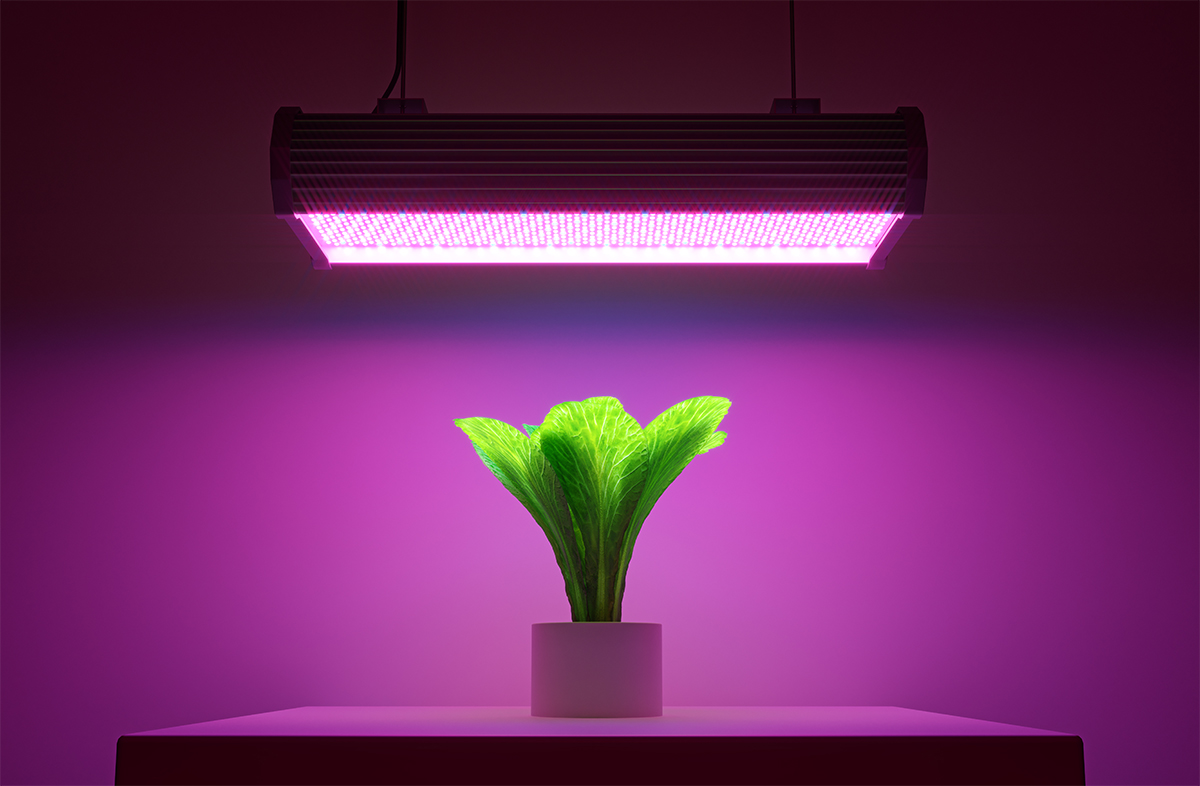
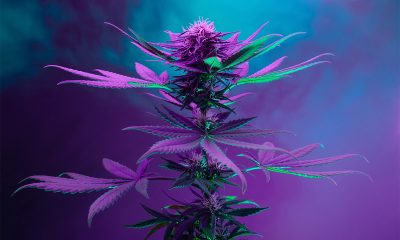
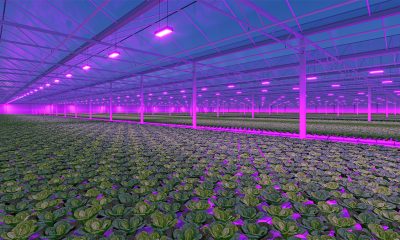

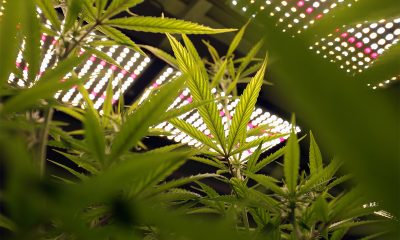

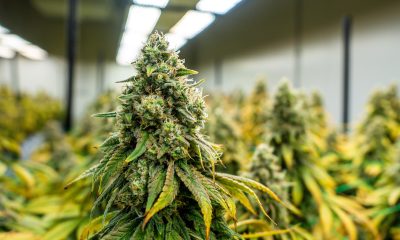
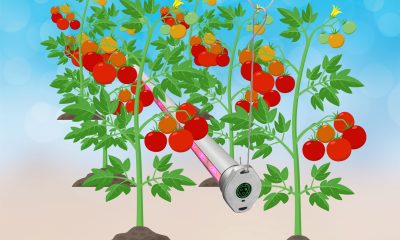
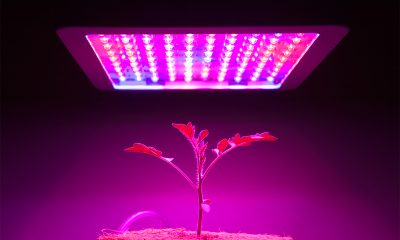

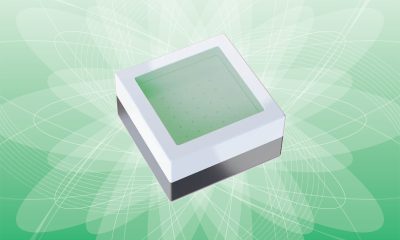
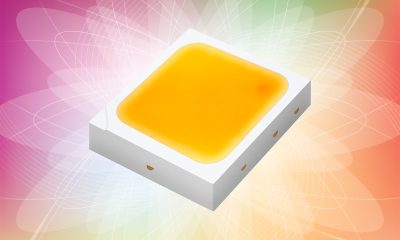






Loading...